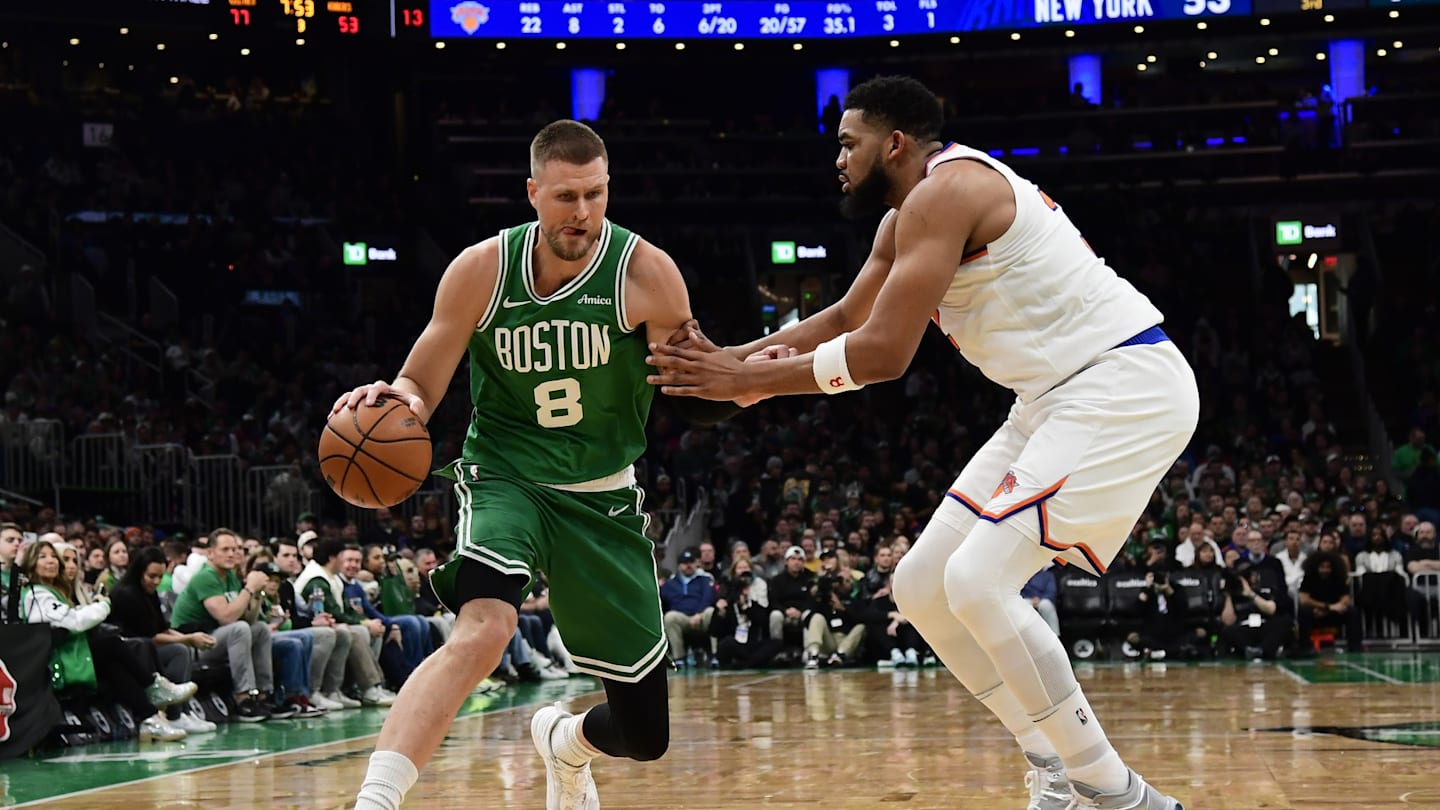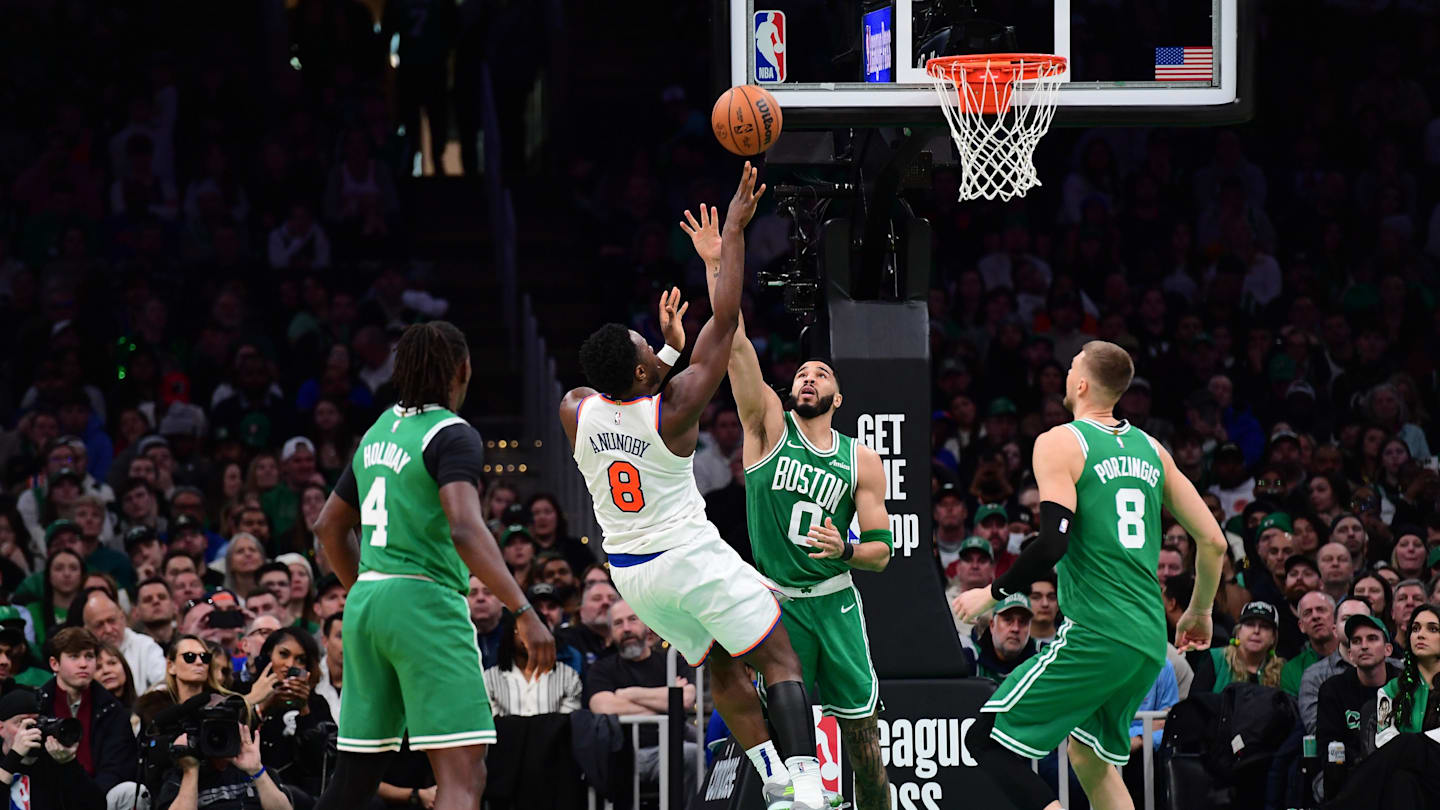How NBA Teams Can Build To Minimize Risk Of Second Apron

CHICAGO, ILLINOIS – OCTOBER 25: Luguentz Dort #5, Jalen Williams #8, Chet Holmgren #7 and Shai … [+]
According to Brian Windhorst of ESPN, NBA teams are finding the first apron “manageable”, with the real penalty checking in when a team has exceeded the second apron limit.
The overarching cited reason is that of the contract aggregation limitation, which disallow teams to send out multiple contracts in the same trade.
League wants parity
It goes without saying that the NBA must be satisfied with the current CBA, in regards to how it enhances parity, a key word the league used for years to describe its product.
By essentially handcuffing teams at the second apron, making it enormously difficult to upgrade an already-expensive roster, owners with deep pockets quite simply cannot utilize them without consequences.
In the past, only the luxury tax stood in the way for franchise owners, but some simply disregarded it, and paid the tax bill anyway, to compete for a title. The Golden State Warriors, for example, was frequently a franchise that paid out huge roster sums, and thus tax bills, to prolong their championship window.
Now, with roster upgrade options dwindling the more a team spends, the league has nearly installed a talent ceiling on franchises, making the product more competitive all-around.
This is evident by the fact that the league has seen no repeat champion since 2018 (the Warriors), and how the reigning champions, Boston, could be forced to make major roster sacrifices in coming years due to the harsh regulations of the new CBA.
How can teams respond?
There is a way for teams to optimize talent, and still fly under many of the limitations, and that’s by building through the draft.
Rebuilding teams that draft multiple players in the same draft, particularly in the first round, would not only have four years of team control on their players, but they’ll proceed to hold restricted free agent rights on them.
This is a big key to success, as virtually no team in the NBA plays the restricted free agency game anymore. Teams quite simply wish to keep their money open, and not tied up, during free agency, and thus the restricted free agency market, from outside forces at least, is more or less dead.
This allows the incumbent team to really squeeze players on their second contracts, allowing them far more salary flexibility, and a possible avoidance of the second apron down the line.
Of course, a team using this strategy would have to be able to draft well, in order to properly build around a drafted core, and become championship contenders. But that’s a question of front office skill, rather than how the CBA has been stitched together.
The Oklahoma City has done well in that area, drafting Chet Holmgren, Jalen Williams, Cason Wallace, and more in recent years. Superstar Shai Gilgeous-Alexander was acquired immediately after his rookie season, so while he wasn’t a draft selection, the Thunder utilized the fact that he was on his rookie contract at the time to move forward.
Whether teams will change spending habits in coming years remains to be seen, but it does seem as though the vast majority of teams will have no issue hard-capping themselves at the second apron, thus disallowing them from exceeding it.
Unless noted otherwise, all stats via NBA.com, PBPStats, Cleaning the Glass or Basketball-Reference. All salary information via Spotrac. All odds courtesy of FanDuel Sportsbook.
Related
NBA: Mark Cuban says he would have asked for more…
Feb 13, 2025; Dallas, Texas, USA; Mark Cuban laughs during the second half of the game between the Dallas Mavericks and Miami Heat at American Airlines
NBA Scout Reveals Why Celtics Can Easily Beats Knicks in…
The Boston Celtics are one of the teams who are expected to be a contender at the end of the season. They are the defending NBA champions, so they feel like the
Nikola Jokić gives peak Nikola Jokić interview with Scott Van…
Nikola Jokić is still rewriting the record books — and treating it like just another day at the office. In a 149-141 overtime win over the Phoenix Suns
Knicks’ Struggles vs. NBA’s Elite Explained
The New York Knicks are one of the best teams in the NBA, but as of late, they have been defined more by their struggles than their triumphs.The Knicks are 0-7











